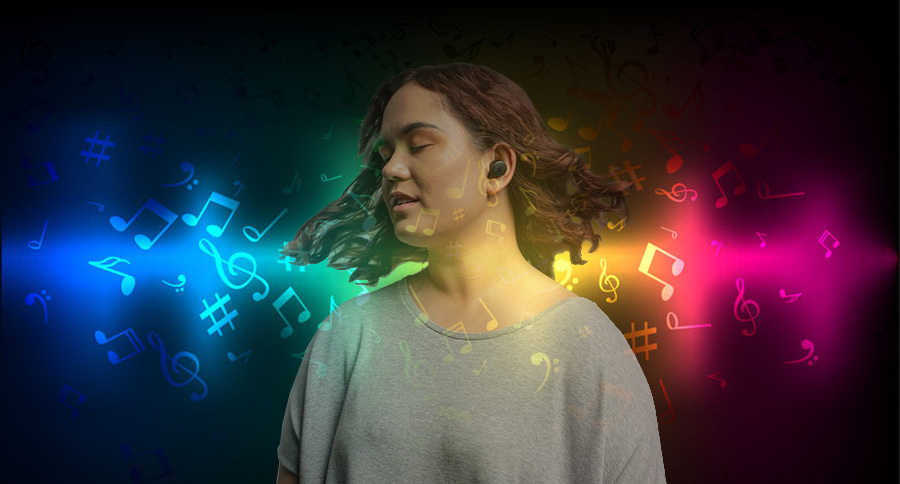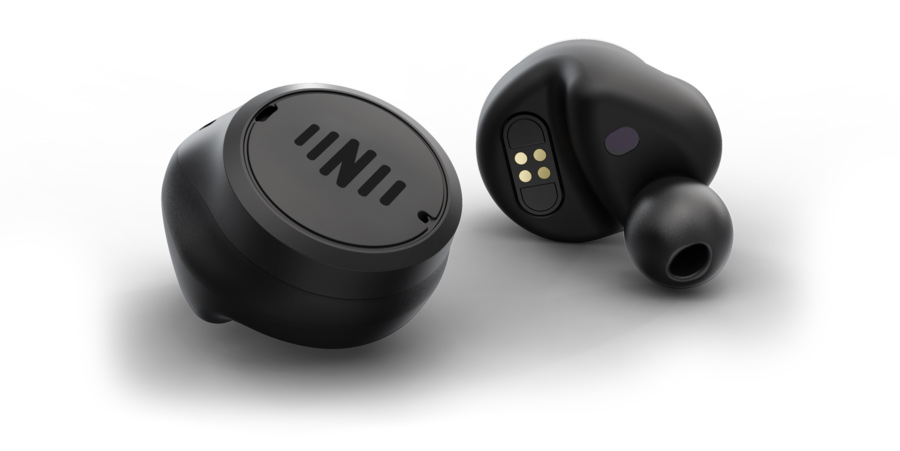
From traffic congestion to the constant ringing of cell phones, it can be difficult to go anywhere without dealing with a steady barrage of noise. Long favored by airline passengers, noise-cancelling technology has moved into the mainstream in the past few years.
Not only do people use noise-cancelling products for everyday life situations, those with hearing challenges such as high-frequency hearing loss, tinnitus, and hypersensitive hearing find these products useful as well.
Noise-Cancelling Technology 101: How It Works
A common misconception about noise-cancelling headphones, one of several types of technology available, is that the large foam earpads block noise and do little else. In reality, all types of noise-cancelling technology come equipped with circuits that balance incoming sound by producing an opposite, out-of-phase sound wave.
The circuits effectively block out incoming noise to make the user’s experience more pleasant. Users who listen to music using noise-cancelling headphones report that sound is much clearer even when they turn down the volume.

Different Types of Noise-Cancelling Technology
Before consumers start evaluating features of different units to reduce noise input, it’s important to understand the types of noise cancelling available today. These include:
Active:
This option is attractive for those who live or work around a steady stream of loud noise. Users might include construction workers, flight attendants, and people exposed to constant traffic in a busy city.
A device with active noise-cancelling (ANC) technology detects surrounding noise through its external microphones. The ANC technology then creates mirror, but opposite sound waves to effectively cancel out the frequency.
Passive:
Noise-cancelling devices with this feature are most popular for occasional rather than constant noise such as attending a concert. Passive noise-cancelling technology is achieved via a snug fit in the ear canal. This offers a tight seal against noise infiltration. The material used to create the earplugs or earbuds, along with the size of the user’s ear canal, are the most important factors in determining the effectiveness of passive noise cancellation.
Hybrid:
The main feature of hybrid noise-cancelling headphones and earbuds is an external and internal microphone. This offers the best features of the active and passive types of technology.
Directional Speech in Noise Control:
Users troubled by noise from behind them can use this technology to block it out. This subsequently enables them to better focus on the sound and speech in front of them.
Speech in Noise Control:
With this type of device, users can isolate speech frequencies they want to hear better. Similarly, they can control the ambient noise frequencies they don’t want to hear.
Compare Features Before Making a Purchase
With so many noise-cancelling technologies available, it’s important to know what to look for before buying a product. For example, fit is an extremely important feature that users sometimes overlook. The user should try on the product if possible to ensure that it fits tightly and feels comfortable. Here are some other things to consider:
- Adaptive or adjustable noise cancellation: This feature enables the device to adjust to the user’s environment. This provides the best noise-cancelling and listening experience. The louder the environment gets, the more the technology increases to protect hearing.
- Battery life: Since noise-cancelling technology operates on batteries, it’s essential for users to remember to charge their devices regularly. Some models include a feature that allows users to turn off the device to save battery power in passive listening mode.
- Environmental sound modification: Sometimes people find certain sounds, especially annoying. Chewing is a common example. Some earbuds now can modify incoming sounds by frequency to adapt to different environments.
- Voice control: Personal assistants are common these days. therefore a lot of consumers look to their noise-cancelling devices to offer the same option. Purchasing certain brands makes it possible for consumers to send texts, check airline reservations, and numerous other everyday tasks.
- Wireless or not: While a wireless device is more convenient for many people, consumers can also save money by choosing noise-cancelling technology that comes with a connected wire. It typically connects to a smartphone.